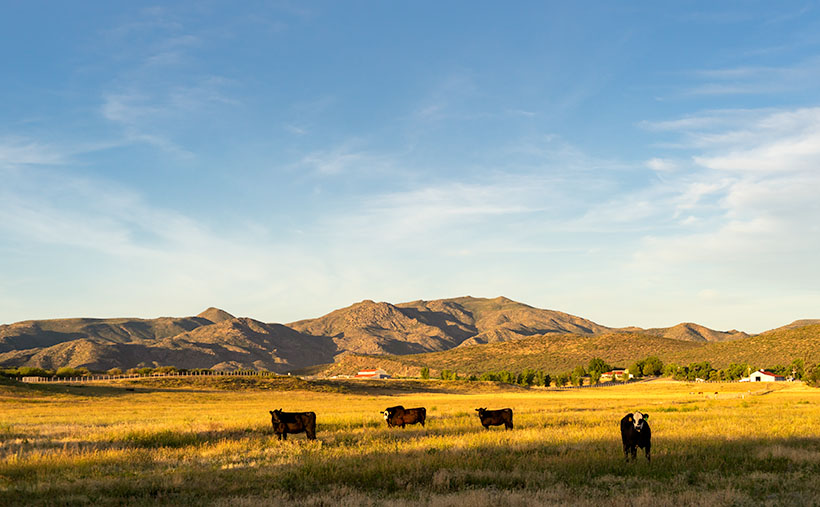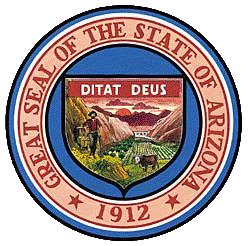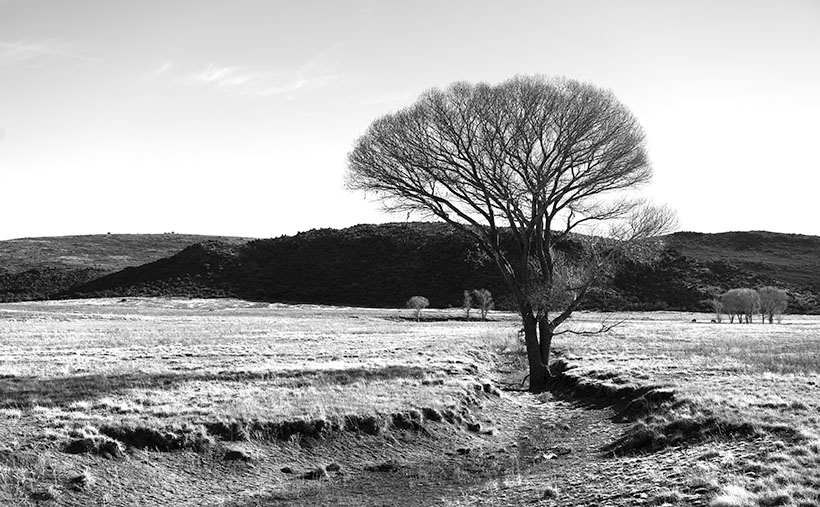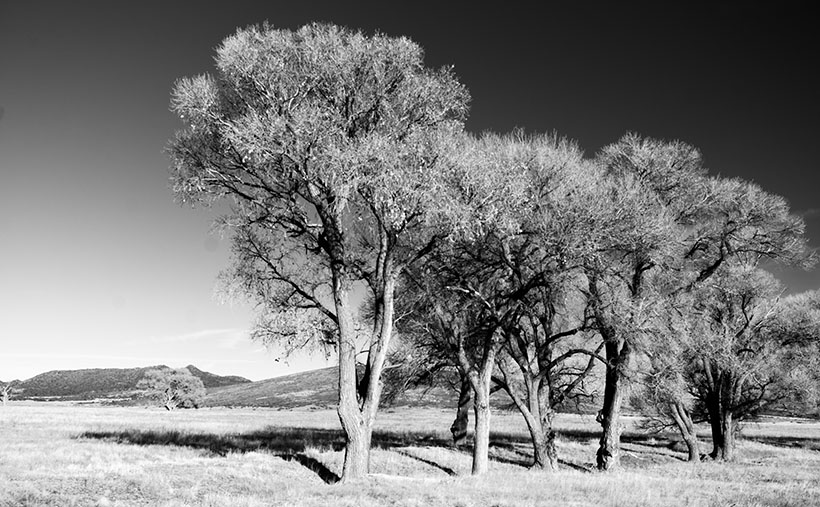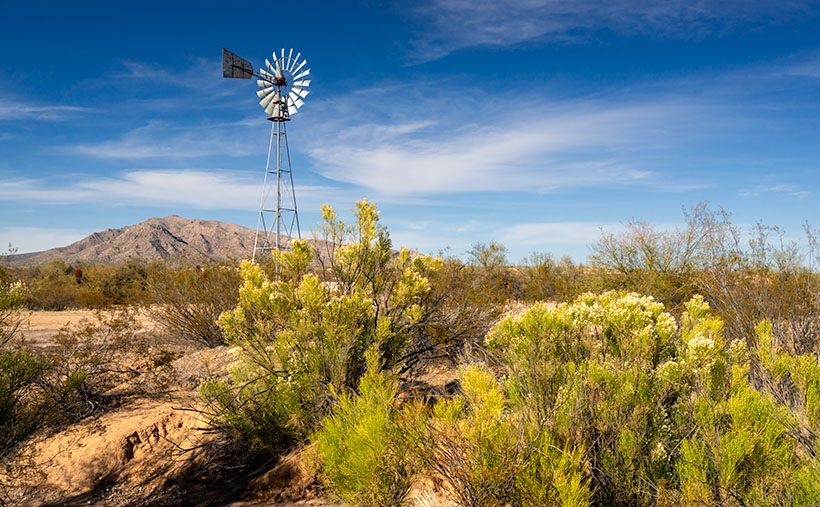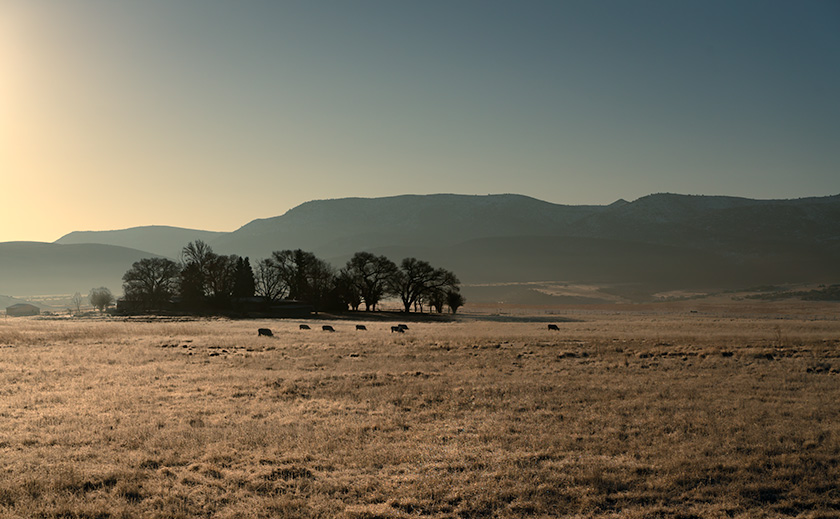
The enchanting snowscapes we’ve shared recently have sparked a sense of wonder and hope. They offer more than just a visual feast; they promise water—our desert’s lifeline. While winter’s chill entices snowbirds to the desert’s warm embrace for leisurely golf, the irony is stark; these dry, sunny days often come at the expense of precious groundwater pumped tirelessly to maintain verdant fairways.
Yet, behind this recreational facade lies a stark reality that Arizona has grappled with for over 20 years: an unyielding drought. It has depleted reservoir levels at historic lows and water tables, setting the stage for ecological challenges. From bark beetle infestations decimating Ponderosa pines to our iconic saguaros standing beleaguered under the strain of aridity, the impact extends beyond plant life. Wildlife, too, has felt the pinch, venturing ever closer to human settlements in an urgent quest for hydration.
In this delicate balance, even humans’ habits are shifting. Golf courses, once lush and abundant, are re-evaluating their water use. Cities across the Southwest, including Phoenix and Las Vegas, face the reality of water scarcity. We are reminded that water is a finite resource that requires our respect and careful management.
A Silver Lining in the Clouds
Nature’s wheel turns, and recent winters have brought whispers of change. Snowflakes and raindrops have graced our arid state more generously, hinting at a shift in the tide. Could this be the beginning of the end of Arizona’s long dry spell? Our hearts cling to hope.
We understand that recovery is a marathon, not a sprint. One season of abundant rain doesn’t herald the end of a drought; it is merely a single step. The land is thirsty—its water tables are like empty wells waiting to be refilled. Our great reservoirs, Lake Mead and Powell, exhibit their white rings—a bathtub’s stain that marks levels of plenty long gone.
This Week’s Reflections
This week’s images—a frozen puddle and grazing cattle in a frost-touched field—are snapshots of this hopeful chapter. They’re visual stories of the land in a rare, quenched state, testaments to the resilience and adaptability of life in Arizona.
As we marvel at the snow-capped peaks and frost-adorned fields, let these recent rains be a sigh of relief and a symbol of nature’s enduring cycle. It’s a cycle that echoes resilience and renewal, qualities deep within the Arizonian spirit. While we cherish this momentary abundance, let’s carry forward the wisdom it brings—to live in harmony with our desert’s rhythms and conserve every resource.
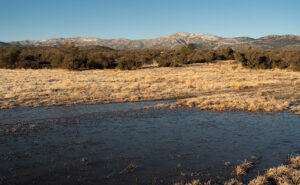
Our beautiful, rugged state narrates stories of the past and hums with songs of the future, a reminder that as we hope for wetter winters, we must also adapt with creativity and care. We step forward with a sense of stewardship, treasuring each precious drop and each frozen morning as gifts to be respected and protected.
May our appreciation deepen for the water that sustains us and the entire tapestry of life that thrives in our majestic desert. Until the next rainfall, we remain vigilant and thankful, for we understand the value of the desert’s offering.
I invite you to view these moments captured in time, visit my website <Jim’s Site> and Fine Art America page <FAA Link> for larger versions, and witness the unusual beauty that unfolds when winter visits the desert.
Until next time, keep your canteens handy and your humor dry.
jw
Survey and Looking Forward
As we close the chapter on our March survey, there remains one last chance for your valuable feedback. Your insights are like the spring rain that nurtures this newsletter’s growth. Stay tuned—next week, we’ll unveil the survey results and explore what lies ahead for Arizona’s landscapes and this newsletter. Your voice matters, and I eagerly await sharing our future with you.
[formidable id=”4″]

